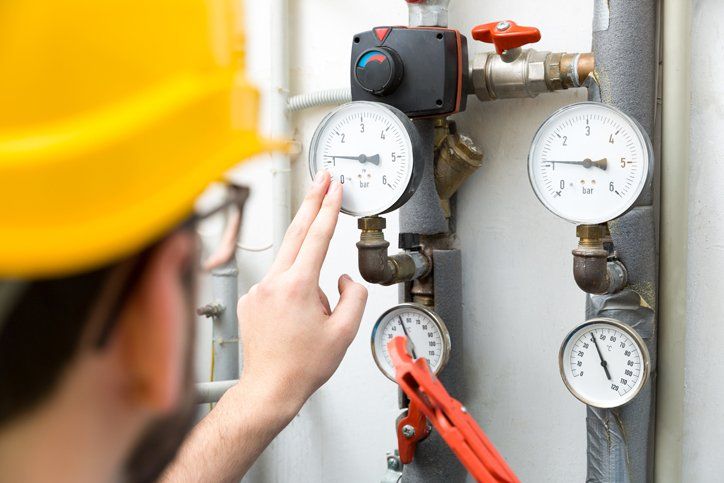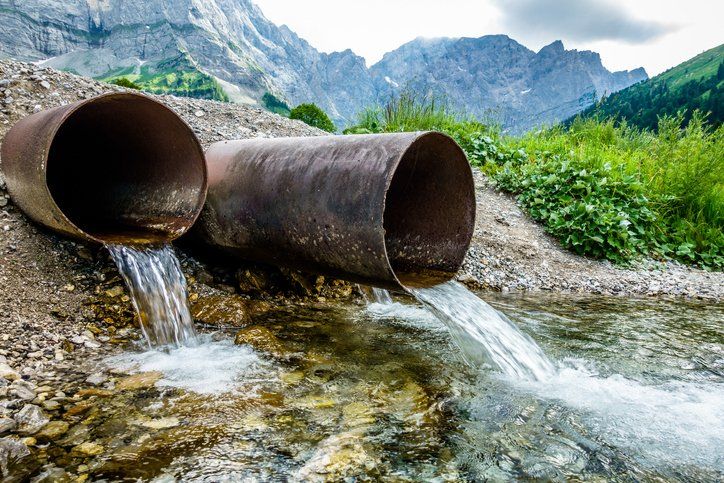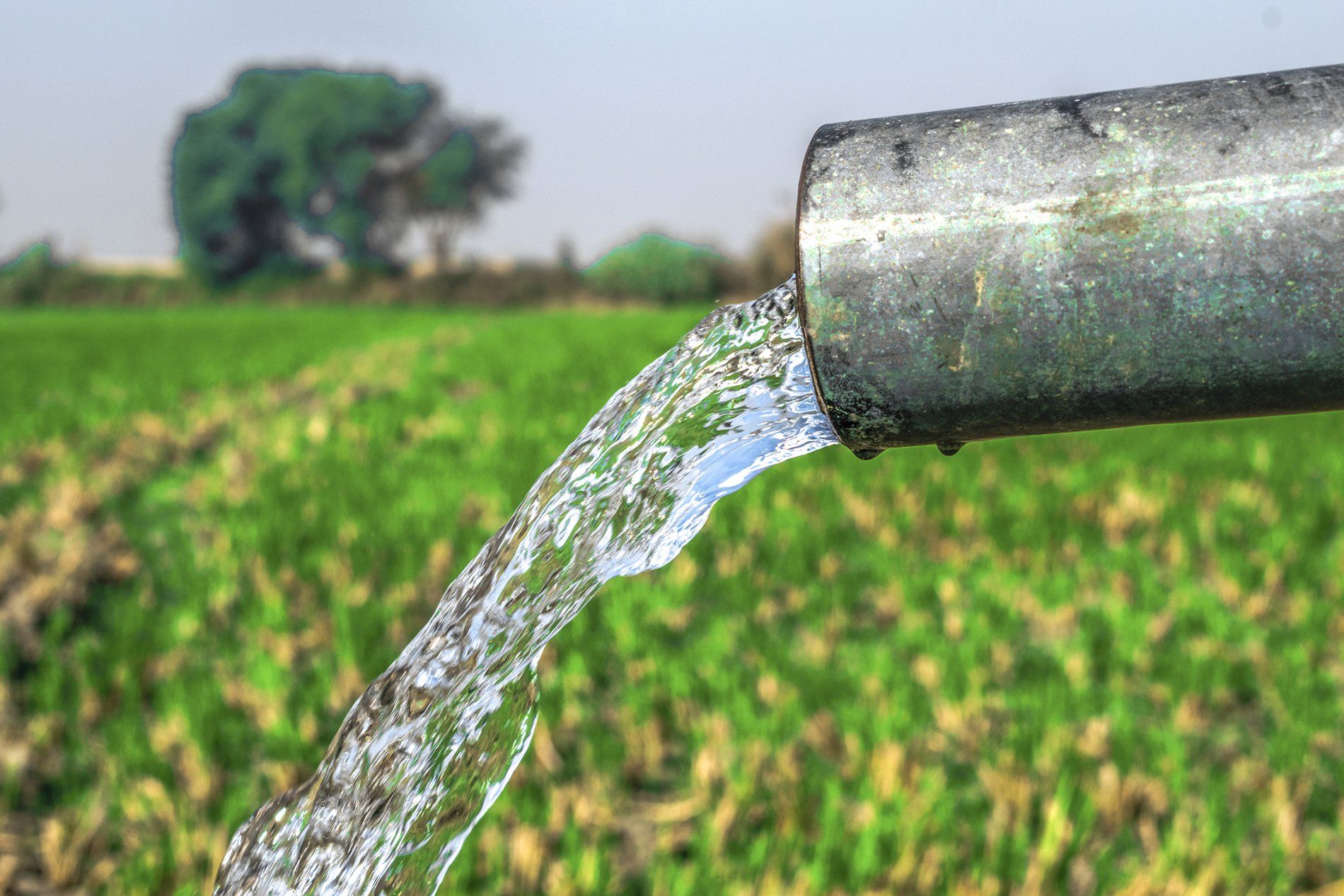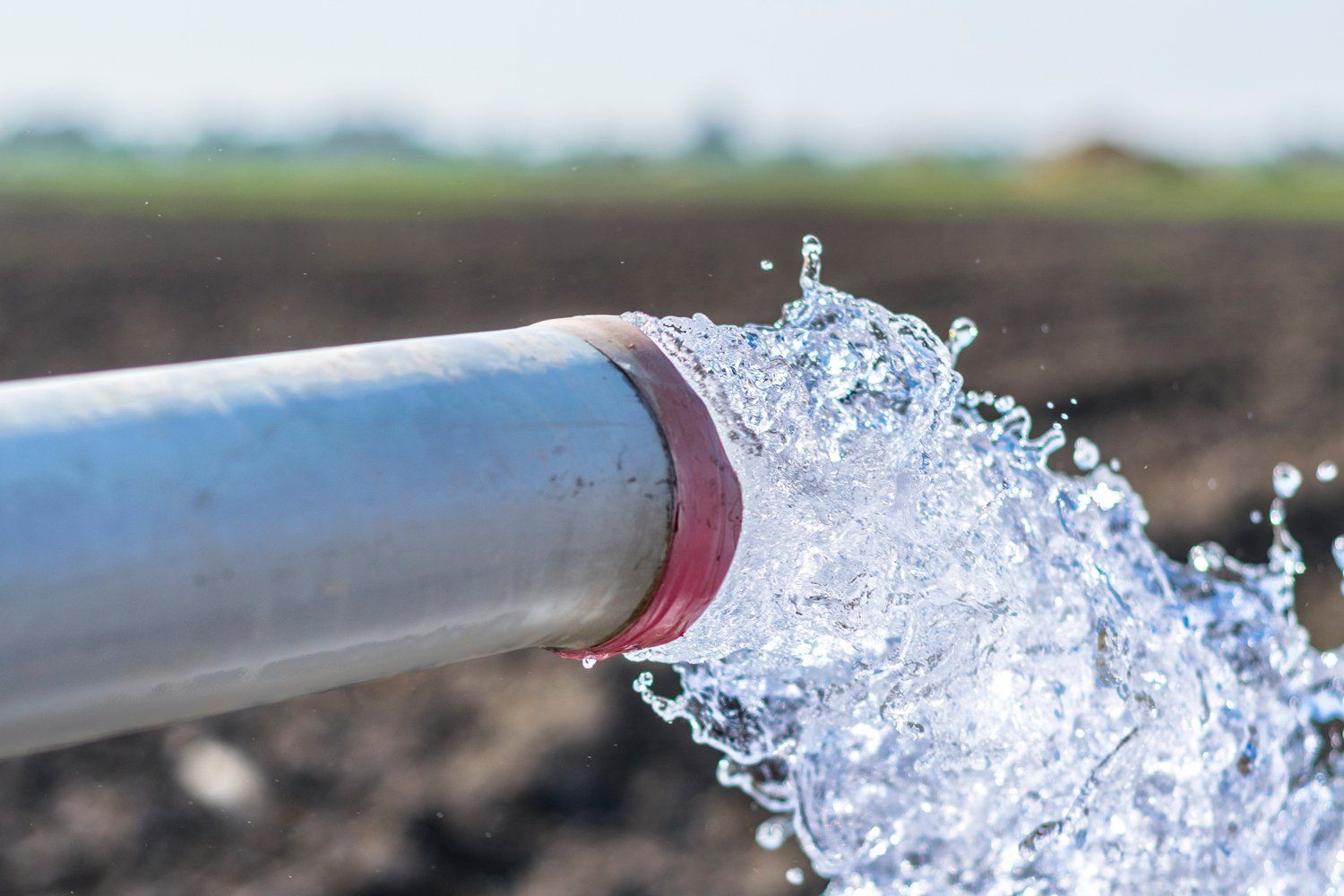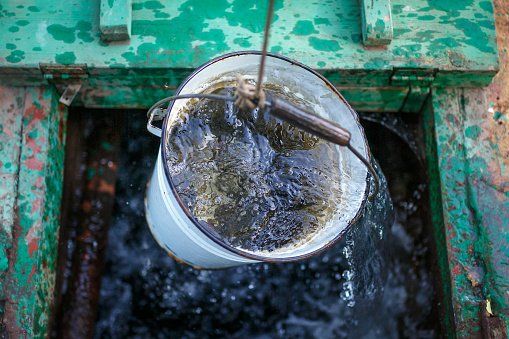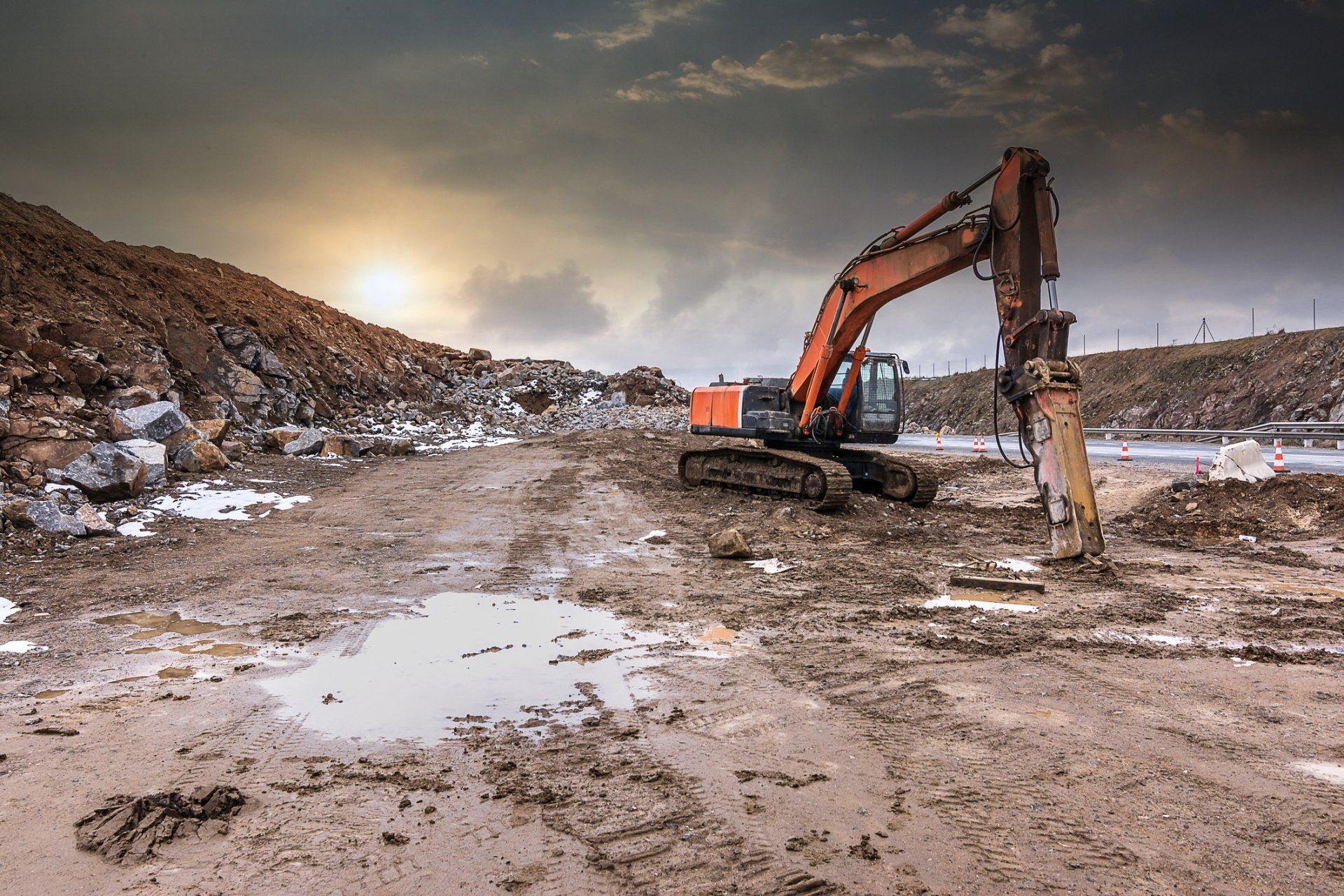4 Tips for Deciding Where to Put a Well
- By Admin
- •
- 20 Nov, 2017
- •
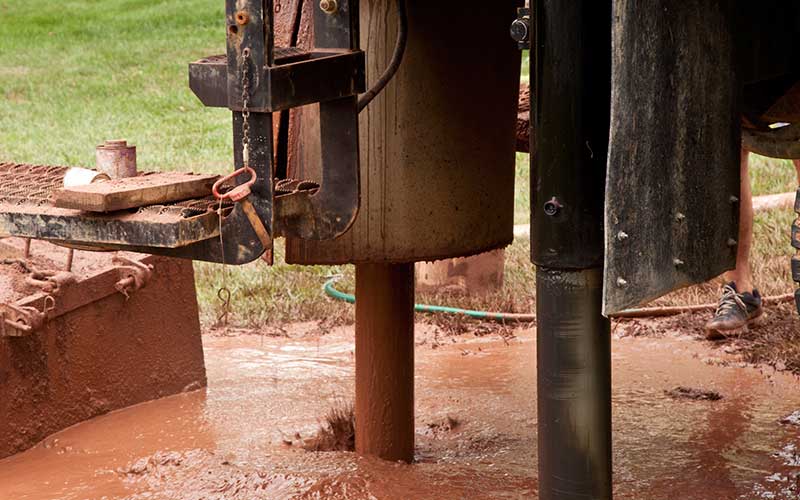
When installing a well is the only way to get potable water on a remote property, the location of the well becomes vitally important. The well must provide drinkable water, but it should also be in a convenient location. If you own a remote property that needs a well, here are some tips on how to find the best location to dig a well.
Consider Other Nearby Properties
Drilling companies will have the expertise to advise you if there's no appropriate spot on your property. If this happens to you, take their advice, and remember you don't need to limit your location search to only your property.
You'll need permission from an adjacent property owner before you install a well on their land, but some neighbors might be willing to grant you permission after you explain your circumstances - especially if you offer financial compensation.
As you consider where to place the well, prevent yourself from getting tunnel vision and only considering spots on your property. The well will likely end up being on your property, but there's a small chance that putting it on a neighbor's property is both preferable and possible.
If a neighbor does agree to let you place a well on their land, make sure you get their permission in writing and secure a right of way to their well. Written permission will provide proof you were allowed to put a well on their land, and right of way will ensure you have access to your well even though it's on their land.
Keep the Well Away from Septic Drainage Fields
You'll want to make sure your well is far away from any septic drainage fields. Fecal contamination that reaches the mouth is one of the most common ways people become ill, and this can happen if a well is too close to a drainage field.
Soil will naturally filter out bacteria, which is why septic systems can have leach fields that send water into the surrounding soil. In order to be fully filtered by soil, however, contaminated water must flow a certain distance through the soil. As long as your well is outside this distance, contaminated water won't reach the well.
The exact minimum distance that should be between your well and septic drainage field depends on many factors, including:
- How far above the water table the drainage field is
- What direction the groundwater flows
- What kind of soil your property has
- How fine or coarse the soil on your property is
When you hire a well-digging service the employee or representative will be able to tell you how far your well should be from any septic field based on your property's particular factors.
Keep the Well Away from Animal Pens
You should likewise keep the well the same distance from any animal pens that are on your property. When multiple animals are leaving droppings in a confined space, the concentration of bacteria rises and can contaminate a well that's too close. This isn't a concern on most remote properties, but if you have multiple pets or livestock it's something to keep in mind.
Look for an Absence of Large Rocks
Finally, you'll want to avoid placing a well where there are large rocks on the ground. Where there are large rocks on the surface, there are usually more below ground. These rocks will make digging a well more difficult, time-consuming and costly. A location that doesn't have large rocks will be much easier to install a well in.
Of course, small pebbles and stones that can easily be picked up normally aren't an issue. If stones are little enough to be easily held in a hand, they usually don't pose any challenge for well-digging equipment.
For help deciding where to have a well installed on your remote property, contact us at McCall Brothers Inc.
Some old wells still produce water since their construction many years ago. Take a look at these four amazing old wells still in use today.
Many different styles of treatment systems exist to purify well water for use in your home. Read about three types of whole-house treatment systems.


